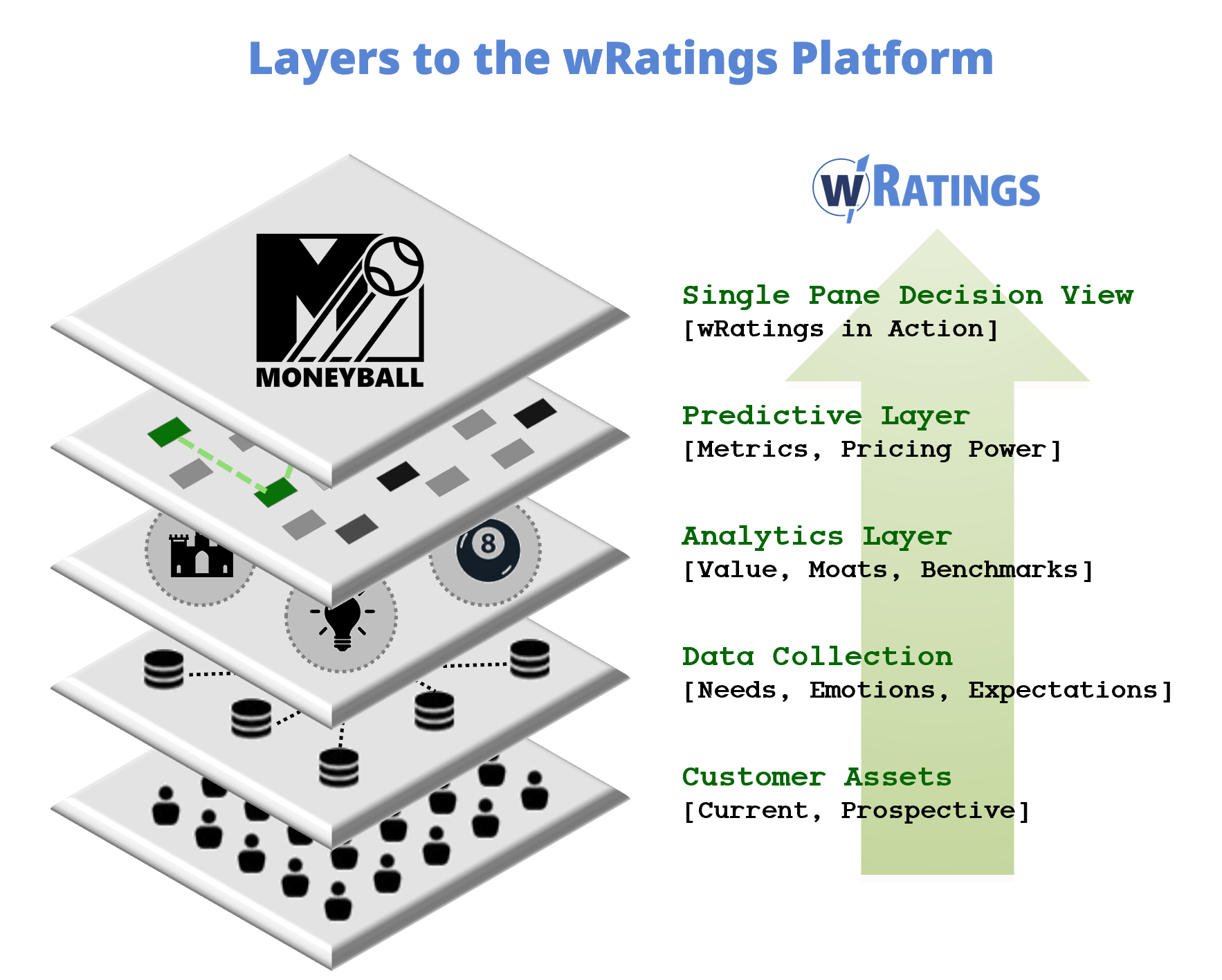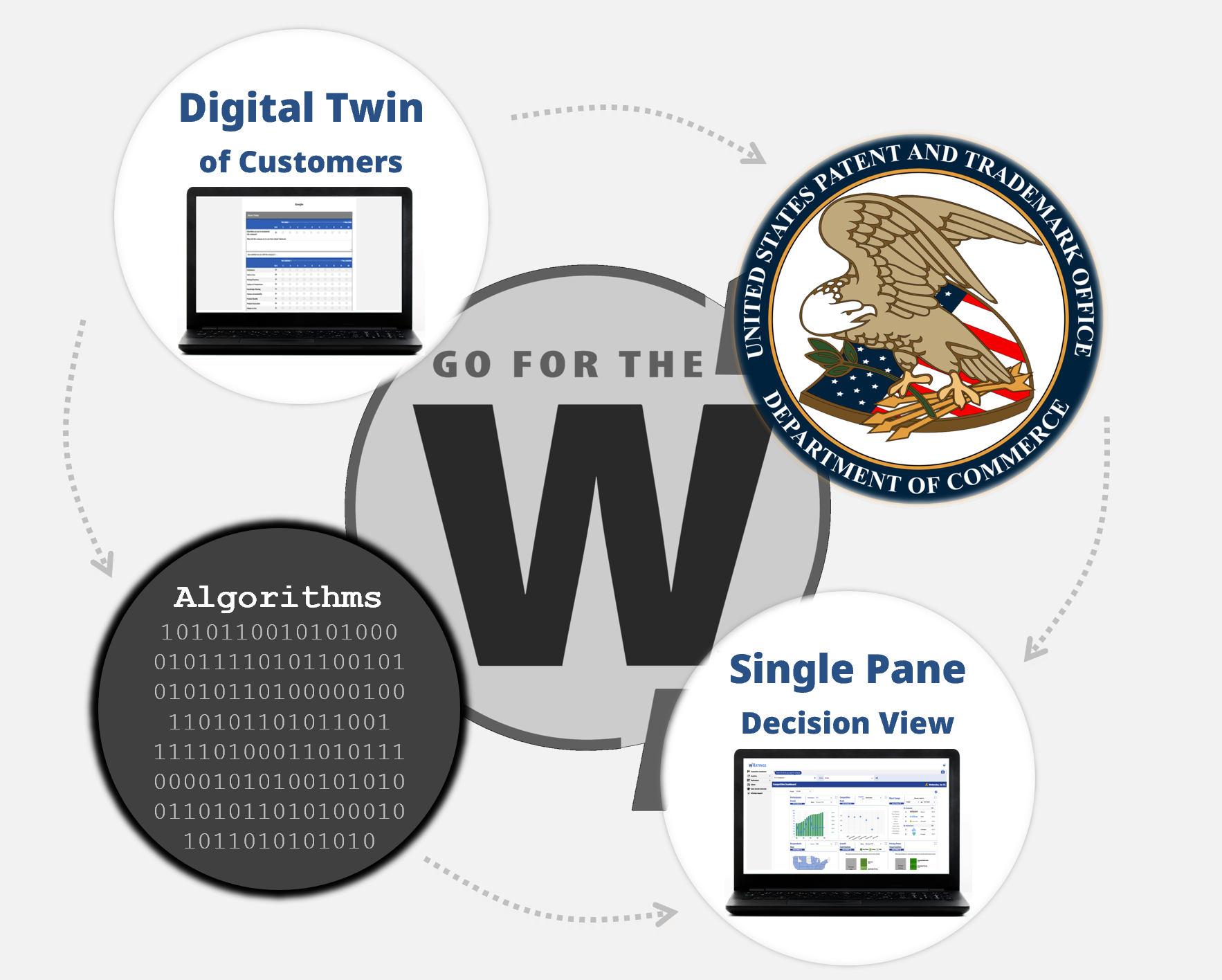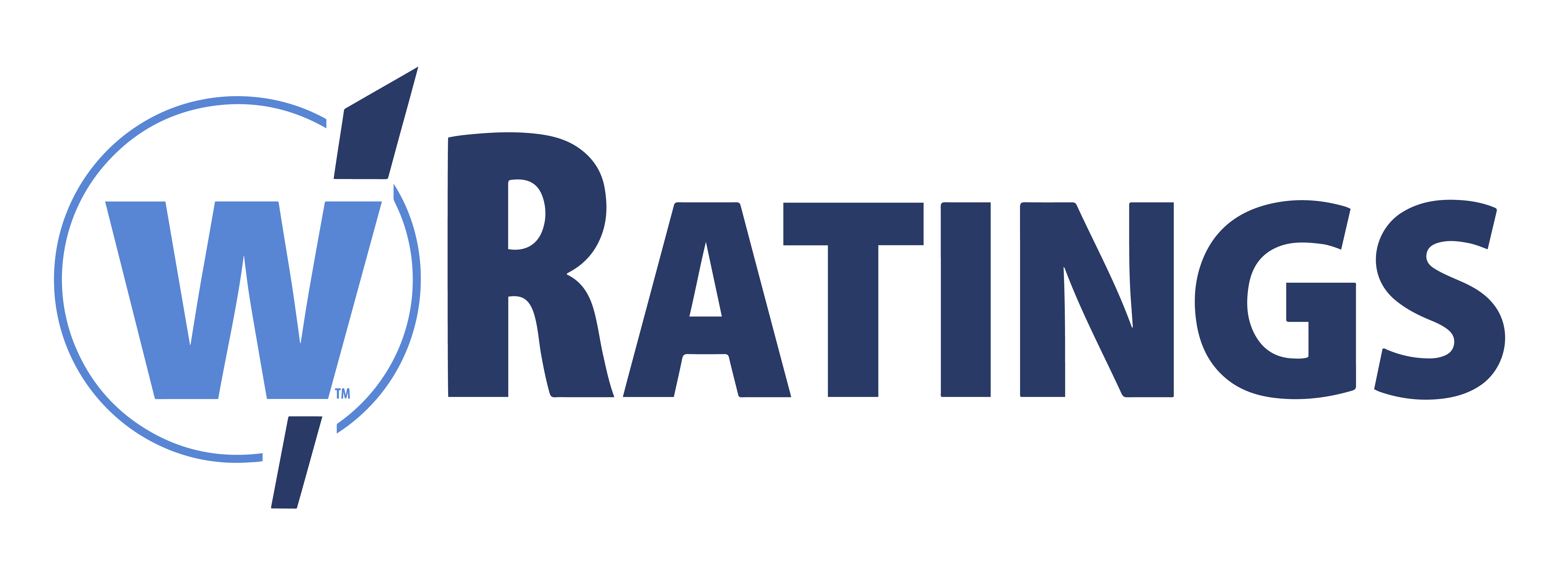The Innovation
Moneyball for Sales Growth:
The Art of Winning in the Unfair Game of Business

Moneyball for Sales Growth
Many of us have seen the award-winning movie Moneyball (2011), which is based on Michael Lewis’s groundbreaking book, Moneyball: The Art of Winning an Unfair Game (2003). This full title is particularly meaningful when we consider the challenges faced by small-market sports team owners competing against those in much larger markets. The same analogy applies to smaller businesses striving to compete with much larger corporations.
Large companies naturally possess an unfair advantage, leveraging their scale and access to substantial capital. This inherent edge makes Return on Invested Capital (ROIC) a crucial metric for assessing long-term success.
Similar to all sports team owners, all business executives must build a decision-making framework that provides a roadmap for how to win. For those who know the Moneyball story from the early 2000s, Sabermetrics unlocked a new way of thinking for baseball owners: The pathway to winning wasn’t through buying players, but through buying runs.
Few people are aware of the precursor to Sabermetrics, which came from Branch Rickey who was the St. Louis Cardinals GM (1919-1942) of the 4X World Series champions (1926, 1931, 1934, 1942). Rickey played a major part in the development of the farm system for player development. In this August, 2, 1954 article in Life Magazine, ‘The Brain’ of the game admits this:
Brian Rickey
General Manager (1919-1942)
St. Louis Cardinals
4X World Series Champions
“I have come upon a device for measuring baseball which has compelled me to put different values on some of my oldest and cherished theories. It reveals some new and startling truths about the nature of the game. It is a means of gauging with a high degree of accuracy important factors which contribute to winning and losing baseball games. It is the most disconcerting and at the same time the most constructive thing to come into baseball in my memory.”

Similar to what happened with baseball over the past 100 years, we believe there is a failure in business to understand what really drives the sports equivalent of winning: Sales growth. This leaves executives to misjudge why customers buy, mismanage their resources and investments, and miss opportunities to win in an unfair game.
Companies think in terms of customer satisfaction. Yet, many companies with highly satisfied customers went out of business: Just look at Blockbuster, Borders, Compaq, and Ringling Brothers.
The goal isn’t to just satisfy customers – the goal is to set, then meet, their expectations. This opens up the pathway to growing sales. In order to do this, we’ve built numerous innovations to update a company’s perspective on sales growth.

Innovation: Data
For 15+ years, we’ve been collecting customer data in a consistent way regardless of industry, geography, or language. We use a similar set of concepts across industries to make sure company data can be compared. This allows proven ideas to be shared from one company to the next even if they are outside of that industry, thereby drastically increasing the time to value of using wRatings.
We discovered the concepts through multiple studies that collected millions of customer responses, which we discuss more thoroughly in the platform’s framework. These 17 customers needs are highly predictive of sales growth, which has been independently proven.
Similar to the Dow Jones Industrial Average of 30 prominent companies, we’ve selected 30 well-known companies from our universe of coverage to form the W-30 Index of companies.
We collect fresh data every quarter on the W-30 and many others, and publish the results of the W-30 and other several well-known companies. You can access these results by becoming a wRatings Insider, an invitation only community that provides you with a login to our platform as well. To get your invitation, click here.
Innovation: Tools
For the first 20 years of wRatings, our tools were segmented into multiple different systems that performed our predictive analytics. In 2019, we embarked on an effort to consolidate all the tools into a single platform, and alter our business model from market research to Software as a Service (SaaS).
Each layer of the wRatings Platform provides additional automation to the highly complex process of sales growth. Because our customer expectations data is forward-looking, we build an intangible asset for each company from their customer data.
The wRatings platform allows for continuous delivery of our data, charts, and predictive analytics on demand 24×7. Corporate Subscribers are able to see their results in real-time, providing a rapid time to value with each and every wave of data collection.
Corporate Subscribers also receive access to the W-30 Index of companies, and other well-known companies from our universe of coverage.


Innovation: Methods
Using our patents for collecting and analyzing data, the wRatings platform assembles a unique digital twin of customers unmatched through other data methods. The methods involve combining customer perception of their expectations, emotions, pricing sensitivity and other critical buying decision factors.
After building a digital twin of customers, we perform a series of automated analytics so that the data’s story jumps off the charts in an easy to understand, memorable way.
Most data presentations are uninteresting, monotonous and often downright boring. That’s because data is, well, just data.
This never happens with wRatings data. It’s the difference between seeing a static picture and an action-packed movie.
© 1999-2025 wRatings. All rights reserved / Privacy Policy

